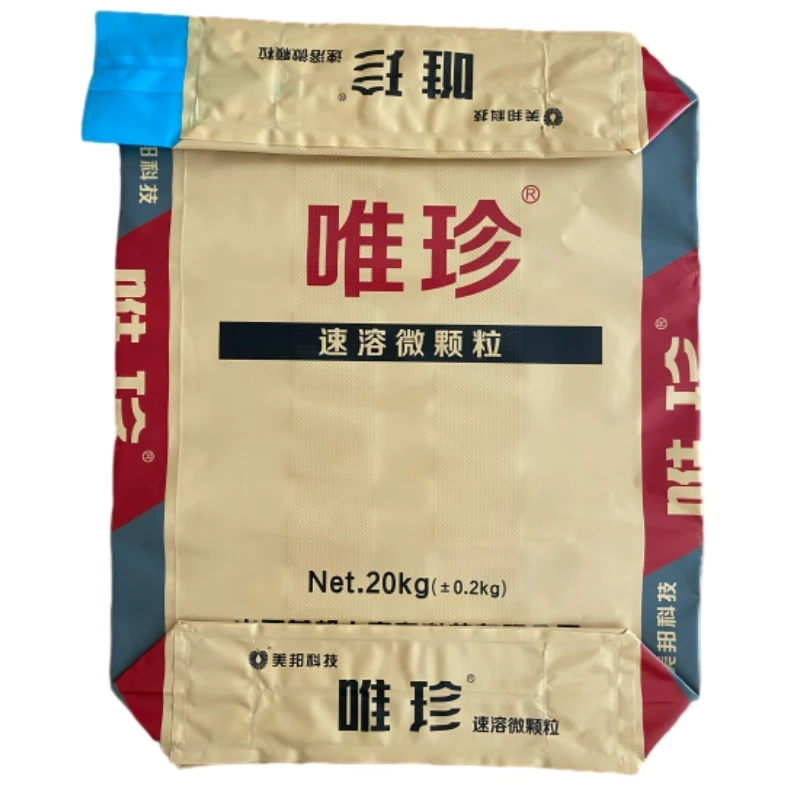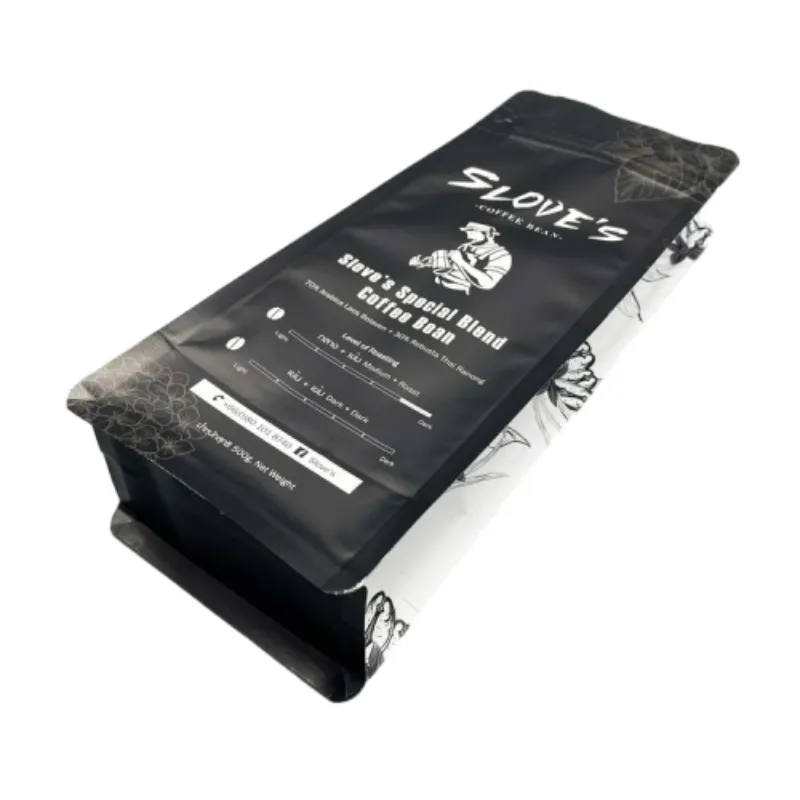In the world of agricultural products, rice stands as a staple food for over half of the world's population. Proper packaging is critical to maintaining its freshness, flavor, and nutritional value from the point of production to consumer tables. Rice packing bags play an essential role in this process, ensuring the integrity and quality of rice during transportation and storage. Achieving the perfect balance between durability, cost-effectiveness, and environmental sustainability in rice packaging requires both expertise and innovation.

Modern rice packing bags are crafted with an understanding of the latest material technologies and consumer needs. These bags range from simple jute sacks to multi-layered laminated bags designed to protect the grains from moisture, pests, and physical damage. One of the main considerations in designing rice packing bags is the choice of material. High-density polyethylene (HDPE) and polypropylene (PP) have become materials of choice due to their exceptional strength, lightweight properties, and resistance to tearing. Often reinforced with multiple layers, these bags form a robust barrier against environmental contaminants, ensuring long shelf-life and minimal wastage.
A critical attribute of successful rice packing bags is their ability to maintain rice quality over extended periods. Industry experts focus on barrier properties that prevent moisture ingress, which is detrimental as it can lead to mold and a subsequent deterioration in rice quality. Multi-layered packaging systems often incorporate a metallized layer or specialized coatings that significantly enhance this resistance. Additionally, advances in breathable technology have enabled manufacturers to create bags that allow excess air to escape without letting moisture in, thus preserving the rice's aroma and texture.

Sustainability is another driving factor in the evolution of rice packaging. With increasing global awareness of environmental issues, the demand for eco-friendly packing solutions has surged. Professional packaging designers are turning to biodegradable materials and innovative designs to reduce the environmental impact. Recyclable rice packing bags made from natural fibers or bio-based plastics are gaining popularity for their lower carbon footprint and ease of disposal. Furthermore, innovative bag designs that use minimalistic materials without compromising strength or functionality exemplify the industry's commitment to sustainability.
Trust in rice packing bags arises not only from their effectiveness in preserving rice quality but also from credible certifications and quality assurances. Rice exporters and distributors often choose packaging suppliers with a proven track record of quality control and compliance with international standards. Certifications such as ISO 9001 or food-grade certifications provide assurance of quality and safety throughout the supply chain, boosting consumer confidence and brand loyalty.
rice packing bags
The consumer experience is further enhanced by the ease of handling and aesthetic appeal of rice packing bags. User-friendly features such as resealable zippers, carry handles, and clear labeling cater to convenience and add to the product's overall value proposition. Packaging design also plays a crucial role in brand strategy; visually appealing, informative labels can attract consumers, convey brand message, and highlight product benefits effectively.
Expertise in the field of rice packaging extends beyond mere functionality. It encompasses an understanding of market trends, consumer preferences, and emerging technologies to create packaging solutions that are not only practical but also commercially viable. Industry leaders continuously engage in research and development to innovate and refine their products, ensuring they meet the ever-changing demands of global markets.
Authoritative voices in the rice packaging industry are those who leverage years of experience, combined with data-driven insights, to influence and guide best practices. These professionals frequently participate in forums, contribute to academic and industry publications, and collaborate with regulatory bodies to shape the future of rice packaging. Their informed perspectives and expertise help drive advancements that benefit suppliers, consumers, and the environment alike.
In conclusion, rice packing bags are a crucial component in the global rice supply chain. Their design and functionality must meet rigorous standards to protect and preserve one of the world's most important food resources. As industry standards continue to evolve, expertise, authority, and trust within the packaging sector become increasingly significant. By prioritizing these attributes, packaging professionals can ensure that their solutions not only meet present challenges but also anticipate future needs.